What do you imagine when you hear “Castle Town”? “Castle town” is a type of city developed during the Sengoku period (15th-16th centuries) of Japan and has become the archetype of many of Japan’s major modern cities.
It was maintained along with the castle, and was classified according to status and occupation, such as Samurai town where samurai live, merchant town where merchants live, and Teramachi where temples were collected.
Even now, there are charming castle towns nationwide that still retain their impressions of those days.
The traditional townscape, traditional crafts and food that make use of the local culture, and the unique culture of the castle town are still handed down. We introduce 7 castle towns where you can feel such history and culture.
- Matsuyama Castle town, where the “Botchan Train” runs
- Hachimanyama Castle town, where you can enjoy moat tour
- Matsue Castle town – below the keep of the national treasure keep
- Small Kyoto in Tajima – Izushi Castle town
- Matsumoto Castle town below the sightseeing street
- Hirosaki Castle, where you can taste the samurai feel of the Edo period
- Old but modern Hida Takayama Castle town
- Conclusion
Matsuyama Castle town, where the “Botchan Train” runs
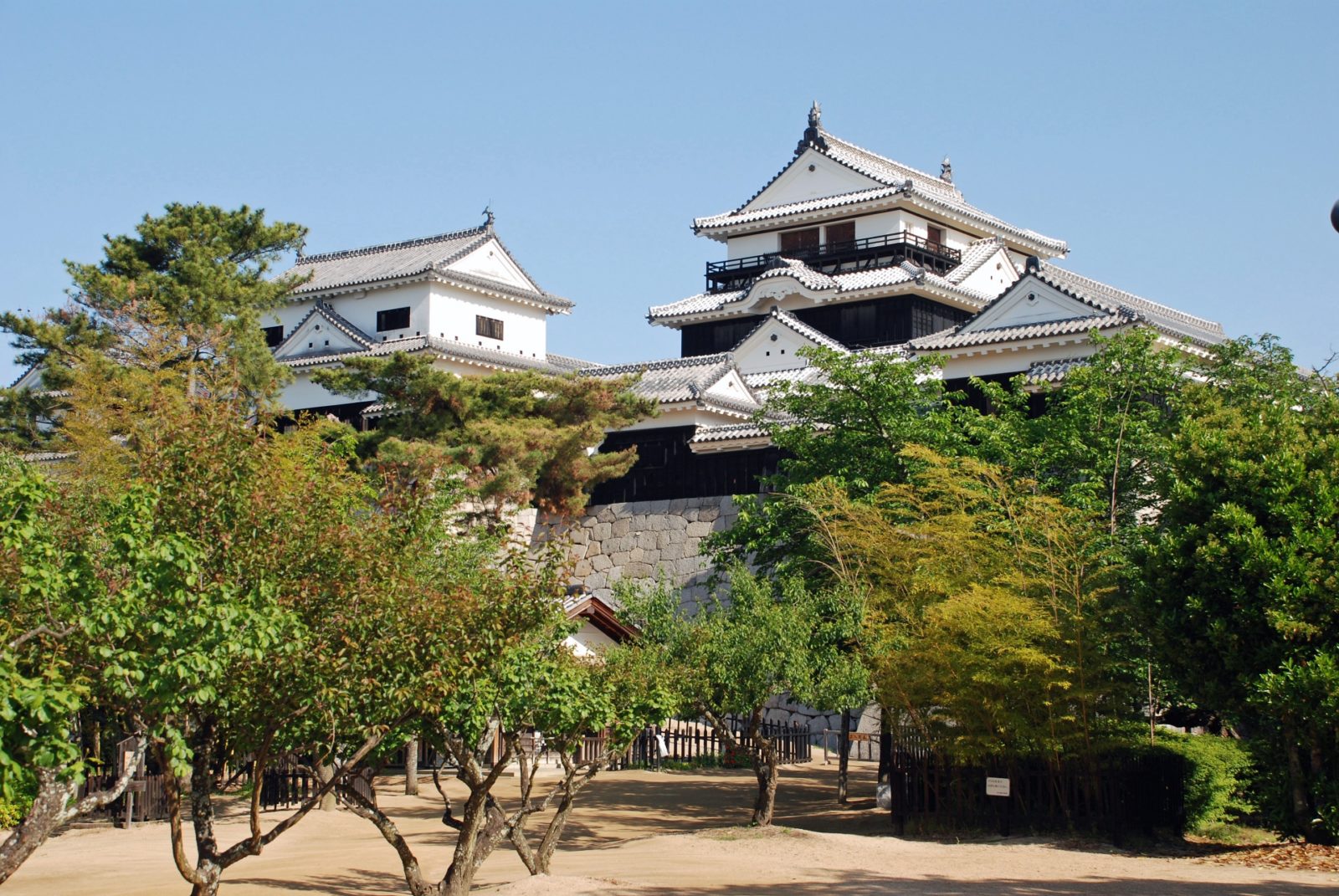
Matsuyama Castle is located in Matsuyama City, Ehime Prefecture, Shikoku. In the vicinity of Matsuyama Castle, there is Dogo Onsen, one of Japan’s three oldest hot springs, a busy shopping street, and the famous tourist train “Botchan Train”. There you can also enjoy local gourmets such as delicious citrus sweets and sea foods.
In particular, the tram “Botchan Train” is a model of a Meiji era train that recreated the world of “Botchan” by writer Natsume Soseki. Both trains and conductors have a retro design from the Meiji era, and it is attractive that you can travel around the city while listening to quaint whistles and conductor guides. We also recommend the local sweet “Ichiroku Tart”, which is rolled anko with castella dough.
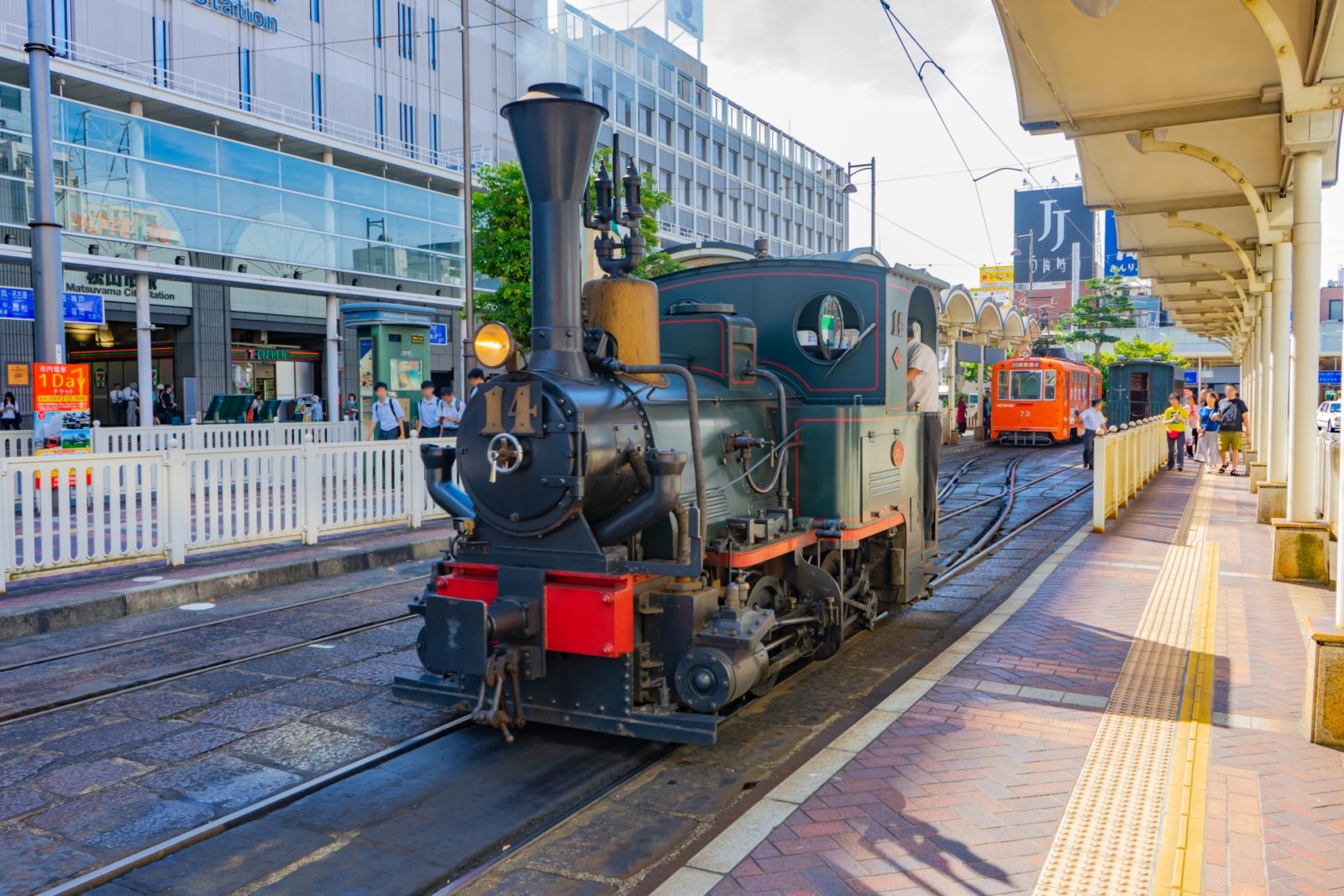
Hachimanyama Castle town, where you can enjoy moat tour
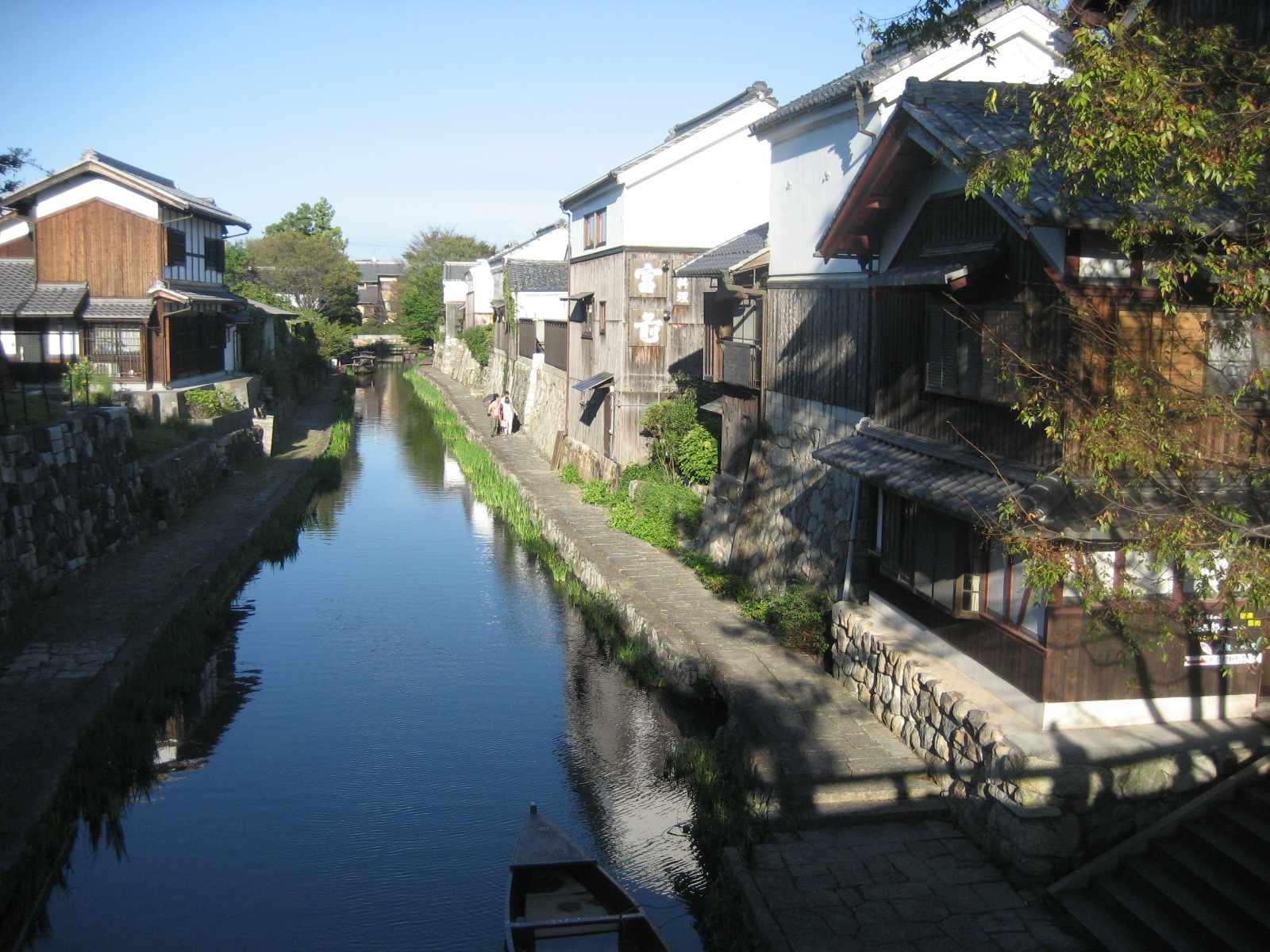
Hachimanyama Castle is located in Omihachiman City, Shiga Prefecture. It was built in 1585 by Hideyoshi Toyotomi’s nephew, Hideji. Hachimanbori, which remains in the castle town, is an artificial waterway connecting Omi Hachiman and Lake Biwa.
The stalls floating on the moat and the white-walled warehouses that line the eaves on both banks are in harmony, so you can feel like you’ve slipped back in time. Shinmachi Street is the home of Omi merchants. Open to the public, you can learn the spirit of “Good for everyone” that every Japanese who runs a business will know.
Matsue Castle town – below the keep of the national treasure keep
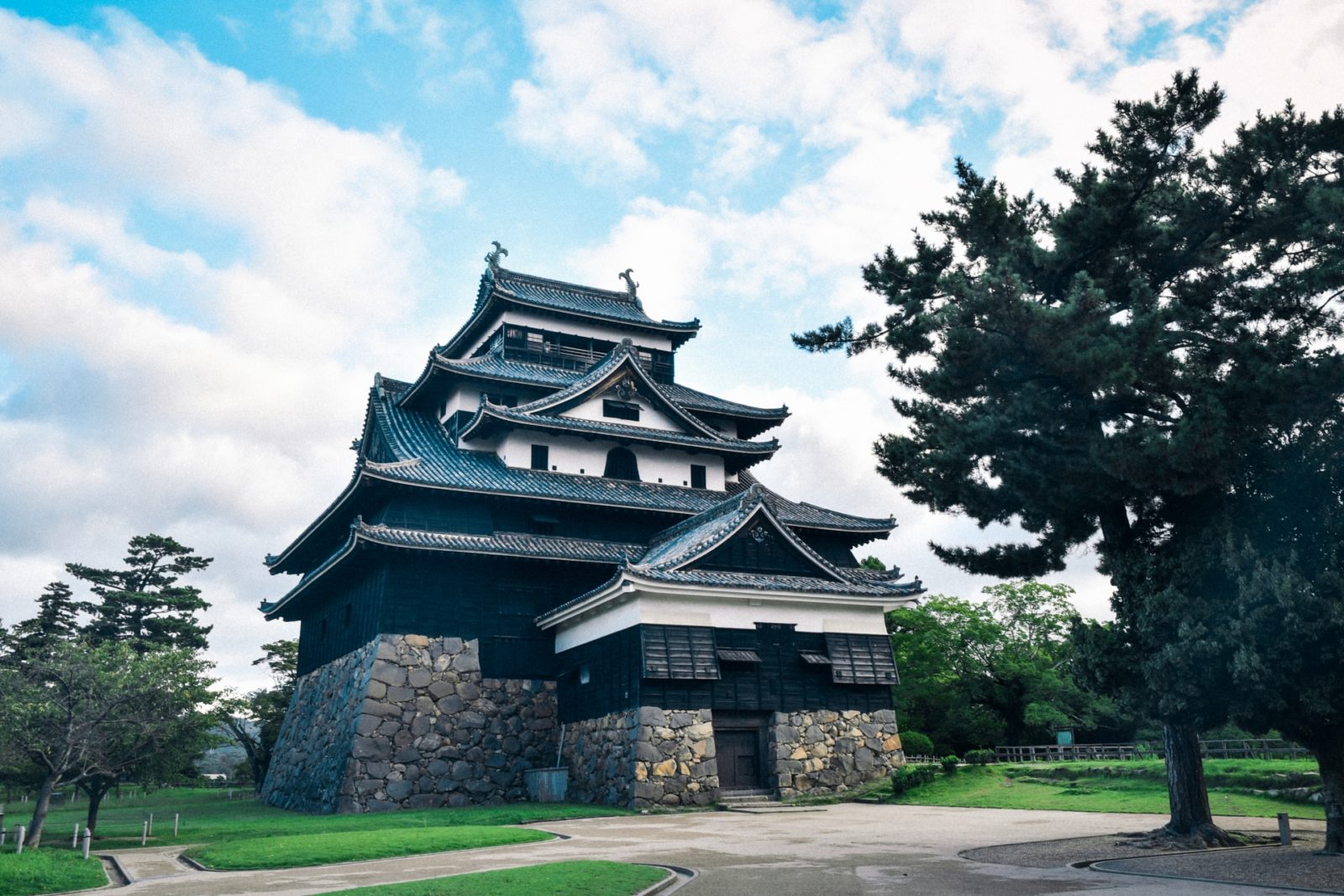
Matsue Castle is located in Matsue City, Shimane Prefecture. It is one of the twelve existing castle towers, and in 2015 the castle tower was designated a national treasure.
Shiomi Nawate, which runs along the northern moat, is full of blackboard fences, white-walled samurai residences, and a row of Oimatsu trees, giving the atmosphere of those days. It is said that there are many Japanese confectionery shops in the castle town due to the influence of the tea ceremony culture.
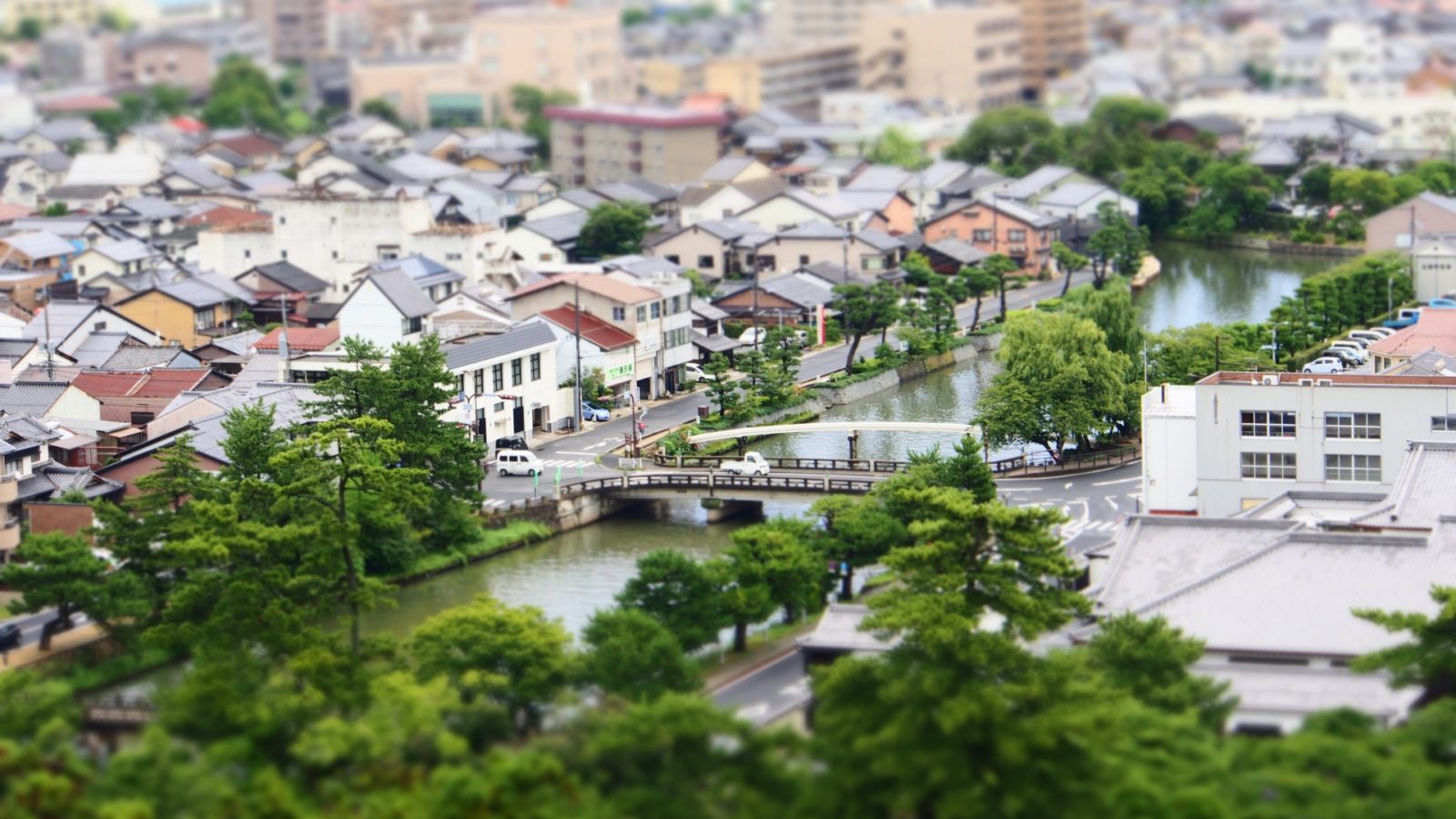
Small Kyoto in Tajima – Izushi Castle town

Izushi Castle is located in Toyooka City, Hyogo Prefecture. It is located in the mountains near Kinosaki Onsen, and is a 30-minute bus ride from the nearest station to reach Sanin’s hidden village, which is also called “Tajima no Kyoto”.
There are spots that feel history, such as the clock tower and Shinkoro in the early Meiji era, the Western-style building and the playhouse built during the Meiji era, and a long-established sake brewery.
The unique style of “Izushi Soba”, which is served on a small plate, is a specialty of this dish. Each set of five is served alone, and is eaten with a condiment and a dashi that has been put into a bottle.
After enjoying the taste of the ingredients themselves, try a variety of condiments such as eggs, toro, green onions, grated radish, and wasabi.
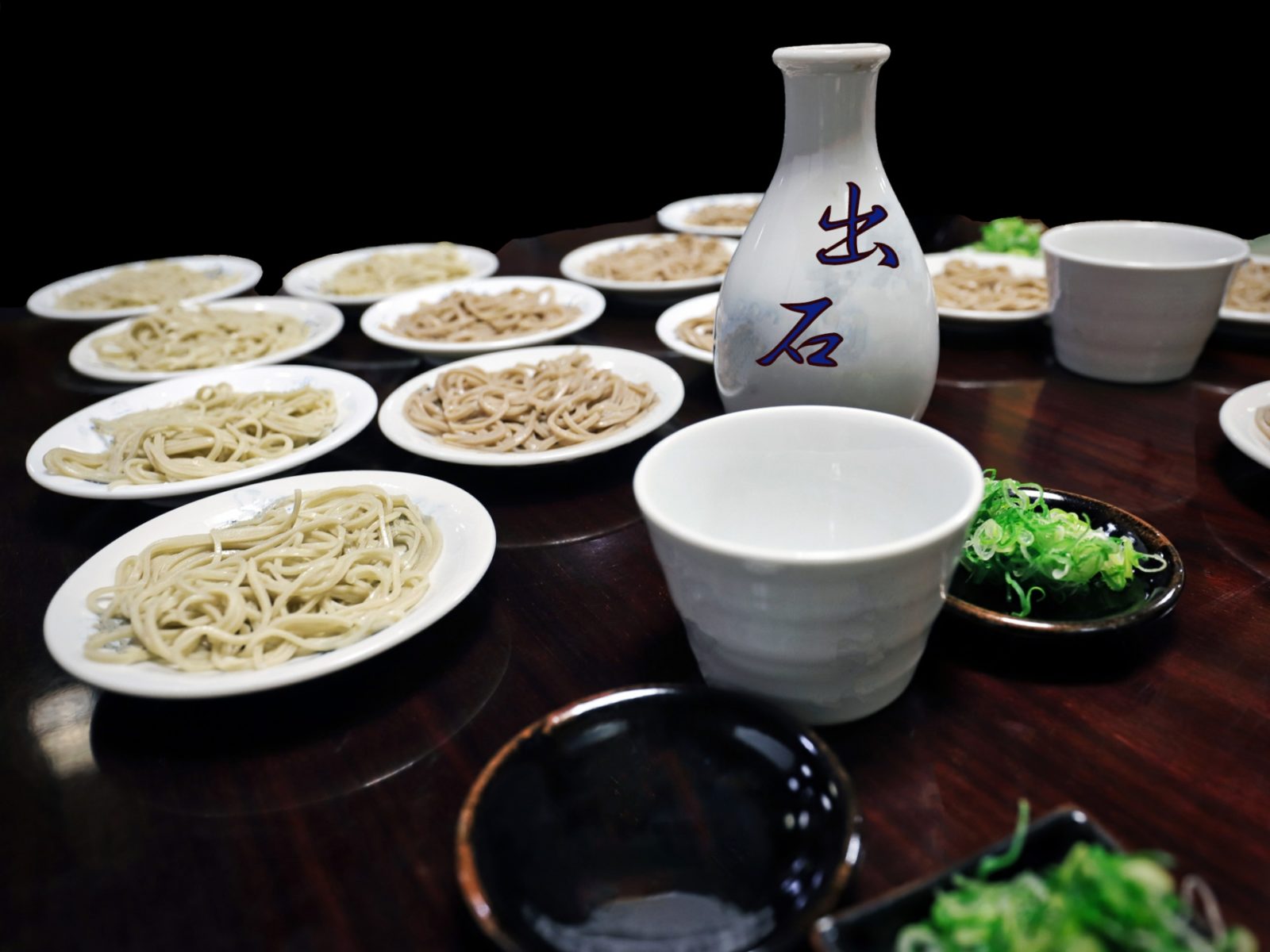
Matsumoto Castle town below the sightseeing street
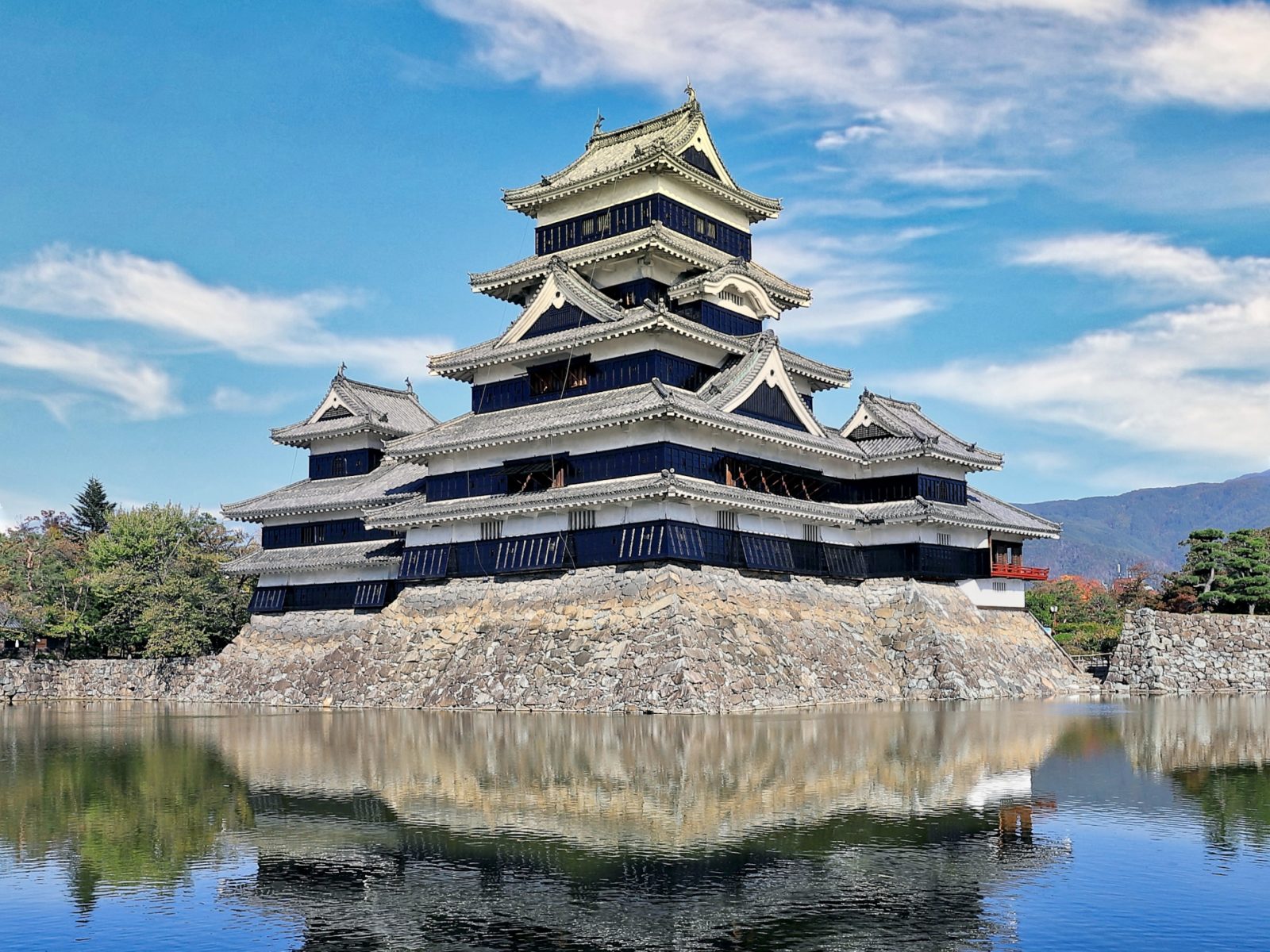
Matsumoto Castle is currently located in Matsumoto City, Nagano Prefecture. It is a castle boasting an existing castle tower that shines in the blue sky.
Nakamachi Street in the center of the castle town is lined with white walls and namako walls, and it is a tourist street where you can enjoy shopping at general stores, Japanese and Western confectioneries, and restaurants.
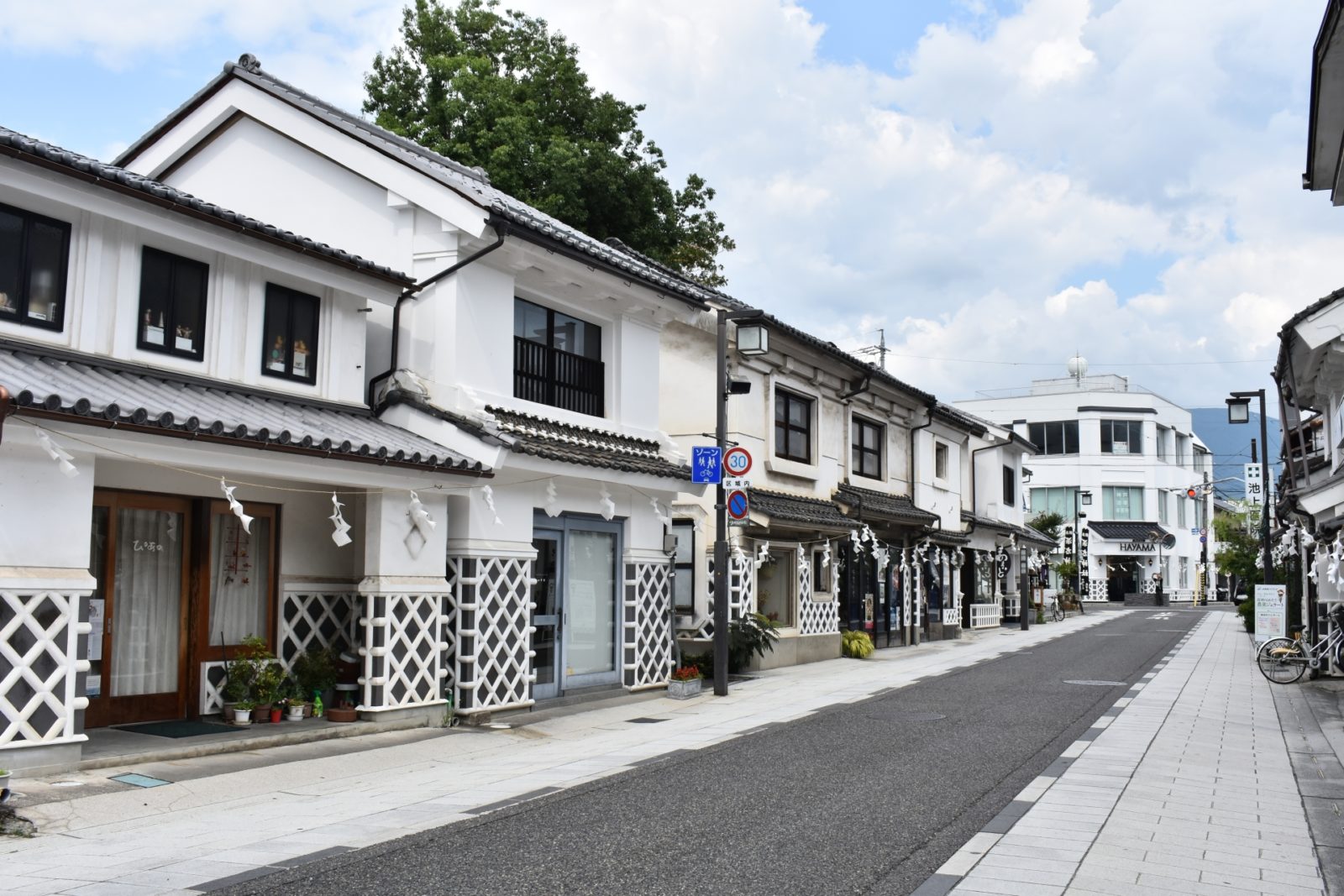
Nawate-dori, on the other side of the Toba River, is a nostalgic shopping street with nearly 50 old-fashioned goods stores, antiques, and candy shops. Along with the stunning national treasure, Matsumoto Castle, you can enjoy a walk in the castle town with Shinshu gourmet in one hand.
Hirosaki Castle, where you can taste the samurai feel of the Edo period
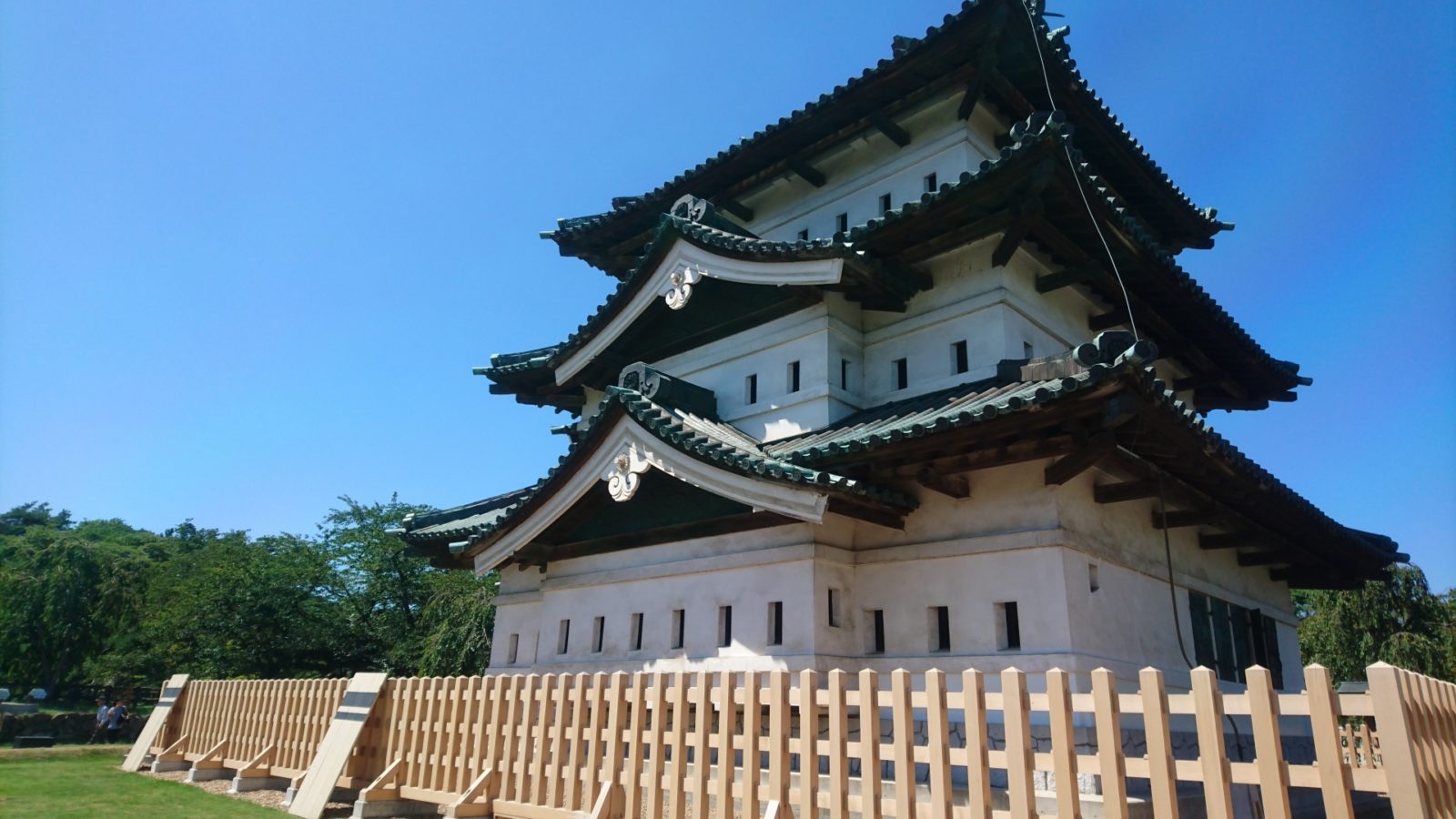
Hirosaki Castle is located in Hirosaki City, Aomori Prefecture. It is said that the castle town that remained on the north side was the residence of the samurai of the Tsugaru clan, which was created to protect the north gate (Kamekomon) during the Edo period.
Even now, several samurai residences have been preserved, and traditional gates, hedges, and wooden fences remain, creating a traditional landscape. Immerse yourself in the atmosphere of this castle town and you will feel like you have traveled back in the Edo period.
Old but modern Hida Takayama Castle town
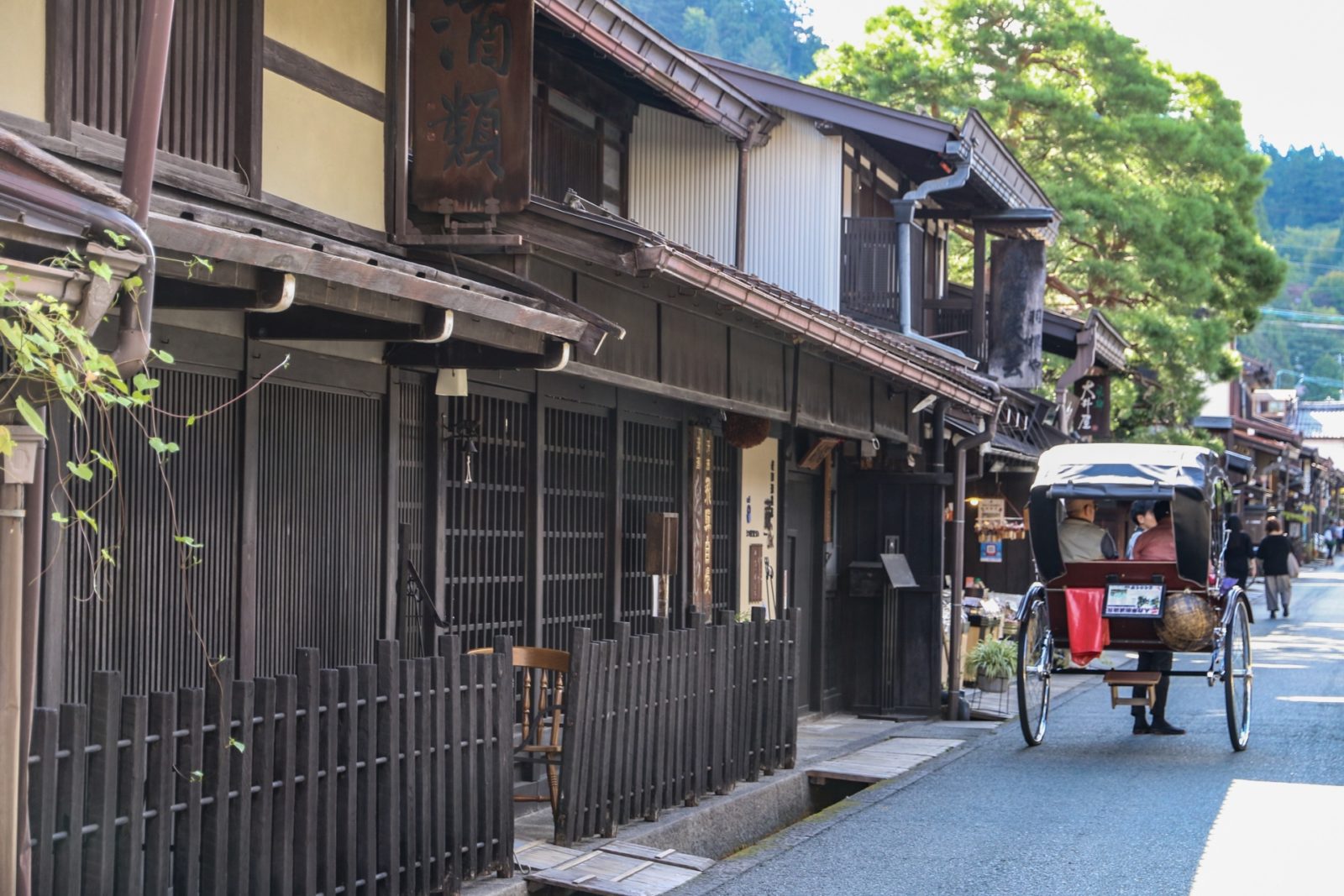
Hida Takayama Castle is located in Takayama City, Gifu Prefecture. The Jinya, which was the government office of the deputy, is still there, and there is a mansion from the Edo period.
The townscape from the Edo era remains beautiful, and there are many restaurants and cafes that make use of the building. The street is old-fashioned but incorporates modern elements, so you can relax between sightseeing.
There are also many take-out gourmets such as Hida beef burgers that are popular with foreign tourists, and it is a castle town where you can enjoy walking.
Conclusion
Not only can you climb the castle tower and look down at the city and enjoy the mood of the shrine, but also enjoy the taste of the castle town, where you can get a glimpse of the lives of the people who supported the shrine.
Why don’t you enjoy walking around the castle town while thinking about the lives of those days?

